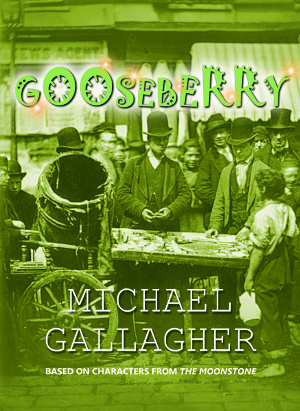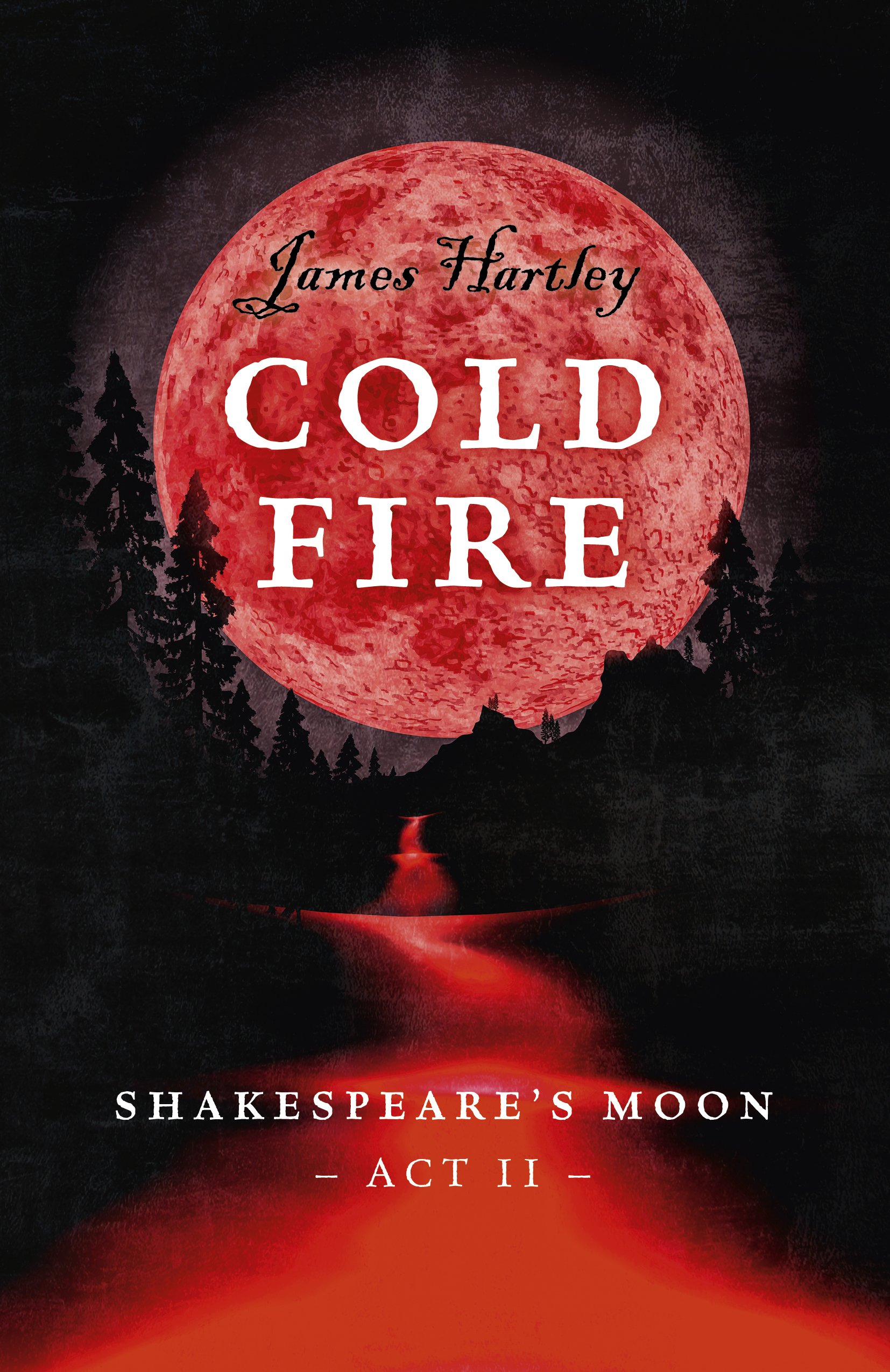
Sometimes you see a book and just know you’re going to love it.
That’s how I felt when I spotted ‘Gooseberry’ by Michael Gallagher on Librarything. The fact that I had yet to read either Wilkie Collins’ ‘The Moonstone’, which is the inspiration and touchstone for Gallagher’s novel, or anything previously written by Gallagher himself, was deemed irrelevant and swept aside. I had thoroughly enjoyed Wilkie Collins’ ‘The Woman in White’ and I am rather partial to a good detective story, so what could possibly go wrong?
Presumably Librarything’s secret algorithms felt the same way since they kindly gave me a free e-copy of this book in exchange for an honest review. (Thank you!)
What’s it about?
In 1852, three years after the events depicted in ‘The Moonstone’, an odd event befalls Mrs Rachel Blake and her aunt. Out in town one day, a gang of street children surround them and frighten them badly. When they reach the safety of their home, they realise that, rather than robbing them, the children appear to have gifted them a small photograph of a young Indian boy.
Perplexed, they turn to their lawyer, Mr Bruff, to solve the mystery. He, in turn, involves the eponymous ‘Gooseberry’, a young clerk with a knack for detection. The novel follows Gooseberry’s first person perspective as he investigates what gradually transpires to be a criminal attempt to steal a precious diamond. In the process, the reader is given a different perspective on several characters who originally featured in Collins’ novel.
What’s it like?
An absolute treat for fans of Collins’ novel and a successful novel in its own right.
It does begin slightly unpromisingly, to my mind. There’s a glossary of street slang, which always suggests to me that I’m going to become sufficiently lost to require a translation. (After all, if the words were comprehensible from their context, which arguably they should be in a decently written story, why would anyone bother including a glossary?)
However, once I moved past this and Gooseberry’s narrative began I was hooked. Events develop intriguingly, characters are well fleshed-out and there’re plenty of humorous touches.
How does it relate to the original?
Very neatly. Characters are consistent in background, attitude and, well, character, so readers will be unsurprised to find the former Miss Rachel instructing Mr Frank, or Gabriel Betteredge quoting Robinson Crusoe. Little links to the original text (such as Mrs Merridew’s dislike of explosions) make this a pleasure to read as a follow-up, but Gallagher’s choice of narrator allows him to adopt a slightly different viewpoint.
Gallagher uses Gooseberry to reveal the naïveté and selfishness of the aristocracy.
Where Collins was content to poke fun at some of his lower class characters for their idiosyncrasies, Gallagher uses Gooseberry to reveal the naïveté and selfishness of the aristocracy. This is done in a light hearted but very revealing manner, as when Gooseberry is overlooked once again by the gentleman of the house and reflects that: “either Mr Blake suffered from the most rotten eyesight, or he’d been trained from birth not to notice his lessers.” I particularly enjoyed Mr Bruff’s relationship with Gooseberry; Gooseberry looks on his superior’s naivety fondly and takes care not to shock him.
There was plenty of sly humour in the original, but from this new perspective Mr and Mrs Blake lack street smarts and appear slightly silly when refusing to believe Gooseberry was once a thief, (and a very skilful one at that,) then again for not realising that one particularly colourful character, ‘Big Bertha’, is actually a man. I enjoyed this new perspective and feel it helps to give an otherwise very Victorian novel a thoroughly modern feel.
Although he avoids the multiple narrators used by Collins, Gallagher retains the sense of documentary inherent in the original by having characters report events they have witnessed to others. Fortunately Gooseberry is usually central to proceedings so there are still plenty of dramatic moments.
Final thoughts
This is a very modern book – it was originally serialised on Goodreads as Gallagher was writing it prior to being edited for publication as a whole – and a very Victorian one: serialisation was, of course, how popular writers including Charles Dickens and Wilkie Collins originally published their novels.
Gallagher creates a good sense of place and time without seeming to bury readers under a mountain of obvious research.
Gallagher creates a good sense of place and time without seeming to bury readers under a mountain of obvious research. Gooseberry refers frequently to London’s changing geography and recent history: he wonders what happened to the panes of glass from the Great Exhibition, comments on the route the drovers take to market and on where the international train station will be built, and visits the newly-built Thames tunnel.
I did read ‘The Moonstone’ (reviewed here) prior to reading ‘Gooseberry’ and my knowledge of the original events / characters certainly enhanced my enjoyment of the latter book, but if you aren’t familiar with the original or if your memory’s just a little rusty on the details, it’s entirely possible and still enjoyable to read this as a standalone novel.
That said, if you do enjoy it, there are rumours of a sequel focusing on the same central characters (Gallagher’s, not Collins’) but investigating a different case.
Highly recommended for fans of Victorian fiction, detective fiction, and, of course, that wonderful hybrid, Victorian detective fiction.


